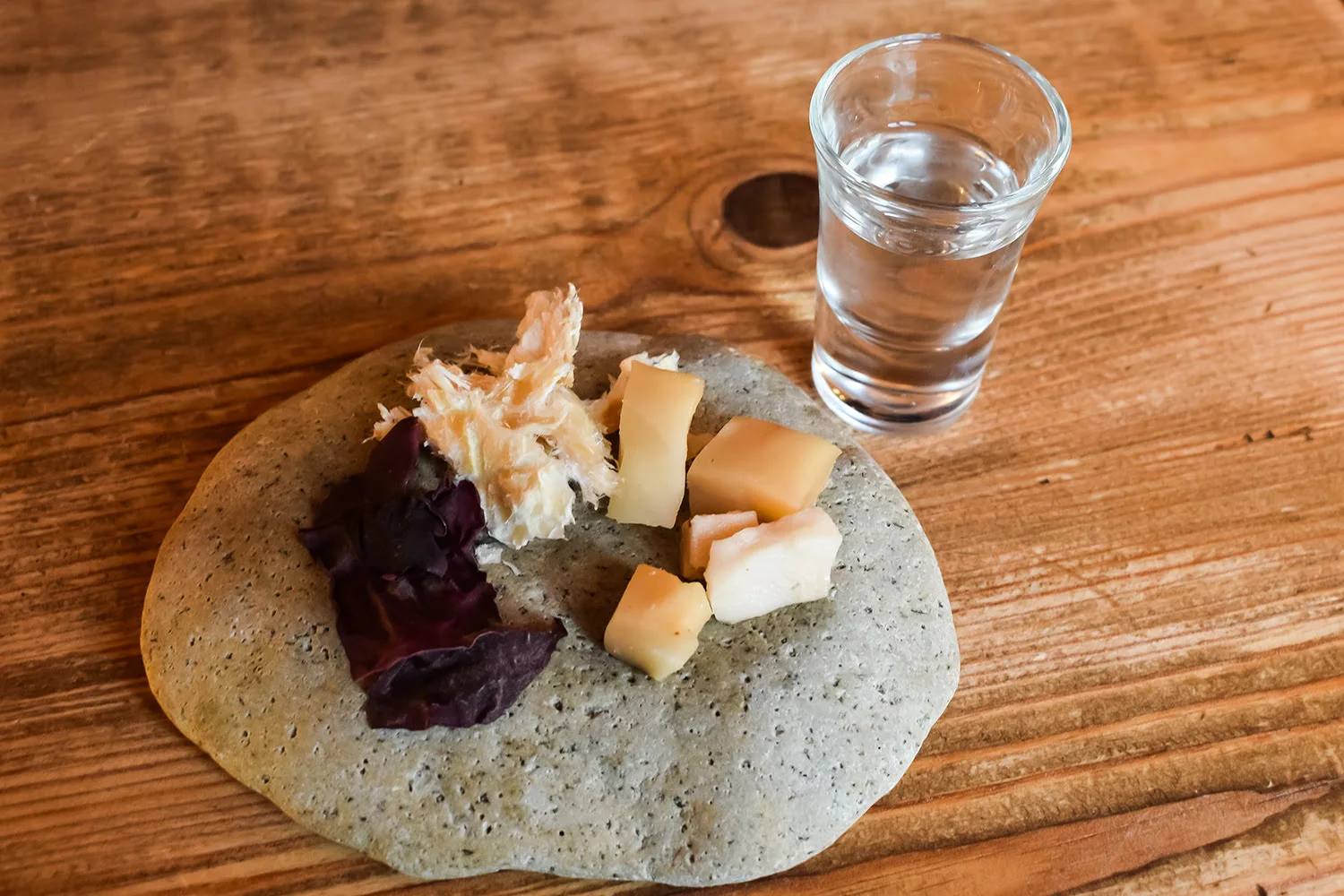Food is a reflection of culture, and every corner of the world has its own unique dishes. While some are beloved by locals, others might seem downright bizarre to outsiders. If you’re someone who loves to push the boundaries of your taste buds, these seven weird foods from around the globe might just surprise you. Get ready for an adventure into the weirdest and most unusual cuisines that will leave you either intrigued or maybe even horrified!
- Surströmming (Sweden)
Surströmming, a Swedish delicacy, is known for one of the most pungent smells in the world. This dish is made from fermented herring, typically canned, and eaten with thin flatbreads or in a sandwich with potatoes and onions. The fermentation process can take months, and when the can is opened, the smell can be overwhelming. Despite the odor, it’s a popular dish in Sweden, often enjoyed during traditional festivals and family gatherings. If you’re brave enough to try it, it’s said to have a salty, tangy flavor that’s quite unlike anything else. - Hákarl (Iceland)
Another Icelandic food that might make you wrinkle your nose is Hákarl, or fermented shark. This dish is made from Greenland shark, which is toxic when fresh but can be eaten safely after months of fermentation. The process of curing and fermenting the shark in a pit under the ground gives it a strong ammonia-like odor and an intensely fishy taste. While it may not be for everyone, locals claim it’s a must-try experience for adventurous eaters. Typically, it’s served in small cubes with a shot of strong Icelandic liquor called Brennivín. - Balut (Philippines)
Balut is a traditional Filipino street food that has long been a source of fascination (and sometimes disgust) for non-locals. This dish consists of a fertilized duck egg that has been boiled, allowing the embryo to develop partially. While it may look like any other hard-boiled egg on the outside, the inside contains a partially developed duck, complete with feathers, beak, and bones. Eaten with a pinch of salt, vinegar, and sometimes chili, balut is considered a high-protein snack and is often sold by street vendors late at night. - Fried Tarantulas (Cambodia)
For those who love to challenge their fear of spiders, fried tarantulas are a popular snack in Cambodia. These giant, hairy spiders are seasoned, deep-fried, and served as crispy delicacies. The legs and body are surprisingly crunchy, while the insides are soft and creamy. Though it might seem bizarre to many, these tarantulas are considered a source of protein and are often enjoyed as a snack with a cold drink. They’ve also gained popularity among tourists looking for an adrenaline rush when it comes to food. - Casu Marzu (Italy)
Casu Marzu is a traditional Sardinian cheese, often considered one of the most bizarre cheeses in the world. Unlike any other cheese, Casu Marzu contains live insect larvae – specifically, maggots. The larvae are deliberately introduced into the cheese during the fermentation process and are allowed to break down the fats in the cheese, giving it a soft, creamy texture. The maggots are sometimes still alive when the cheese is consumed, adding an extra level of “eww” for those not familiar with it. Casu Marzu is illegal in the European Union but can still be found in Sardinia in some underground markets. - Kopi Luwak (Indonesia)
Kopi Luwak, or civet coffee, is one of the most expensive and unusual coffee varieties in the world. The coffee beans used to make this drink are eaten and then excreted by a civet, a small mammal native to Southeast Asia. After the beans are passed through the civet’s digestive system, they are cleaned, fermented, and roasted to create a coffee with a smooth, less acidic taste. Although the idea of drinking coffee from beans that have passed through an animal’s digestive tract may seem gross to many, it is considered a delicacy for coffee enthusiasts. - Sannakji (South Korea)
Sannakji is a dish that takes the concept of fresh seafood to a whole new level. This dish consists of live octopus that is cut into small pieces and served immediately while still wriggling on the plate. The pieces are often coated in sesame oil and seeds and served with a side of rice. The octopus tentacles are chewy and can even move on your plate if they’re fresh enough. While the idea of eating something still moving may be a little off-putting, Sannakji is considered a delicacy in Korea and is enjoyed by many.
Conclusion
Whether it’s fermented fish, live insects, or partially developed embryos, these bizarre foods from around the world are definitely not for the faint of heart. But they reflect the unique cultures and culinary traditions of the regions they come from. For the brave, adventurous eater, they offer a chance to experience something entirely different and push the boundaries of food exploration. Would you be willing to try one of these strange foods, or do you think your taste buds will stay firmly in the familiar territory?



